Also, trauma may change a tooth to a pink, yellow, or dark gray color. The dental formula is 2. Missing teeth may cause cosmetic and speech problems and Wisdom teeth that only come through halfway or are in the wrong position can increase the risk for infection or damage in surrounding areas. The tooth has two anatomical parts, the crown and the root. Wisdom teeth are also called third molars. Proteins of note in the development of enamel are ameloblastins , amelogenins , enamelins and tuftelins. See also: Pharyngeal teeth and Shark tooth. Some medications, such as tetracycline antibiotics, may become incorporated into the structure of a tooth, causing intrinsic staining of the teeth. It is organized into three parts: the enamel organ , the dental papilla and the dental follicle. The adult dentition is therefore made up of four incisors, two canines, four premolars and six molars in each jaw.
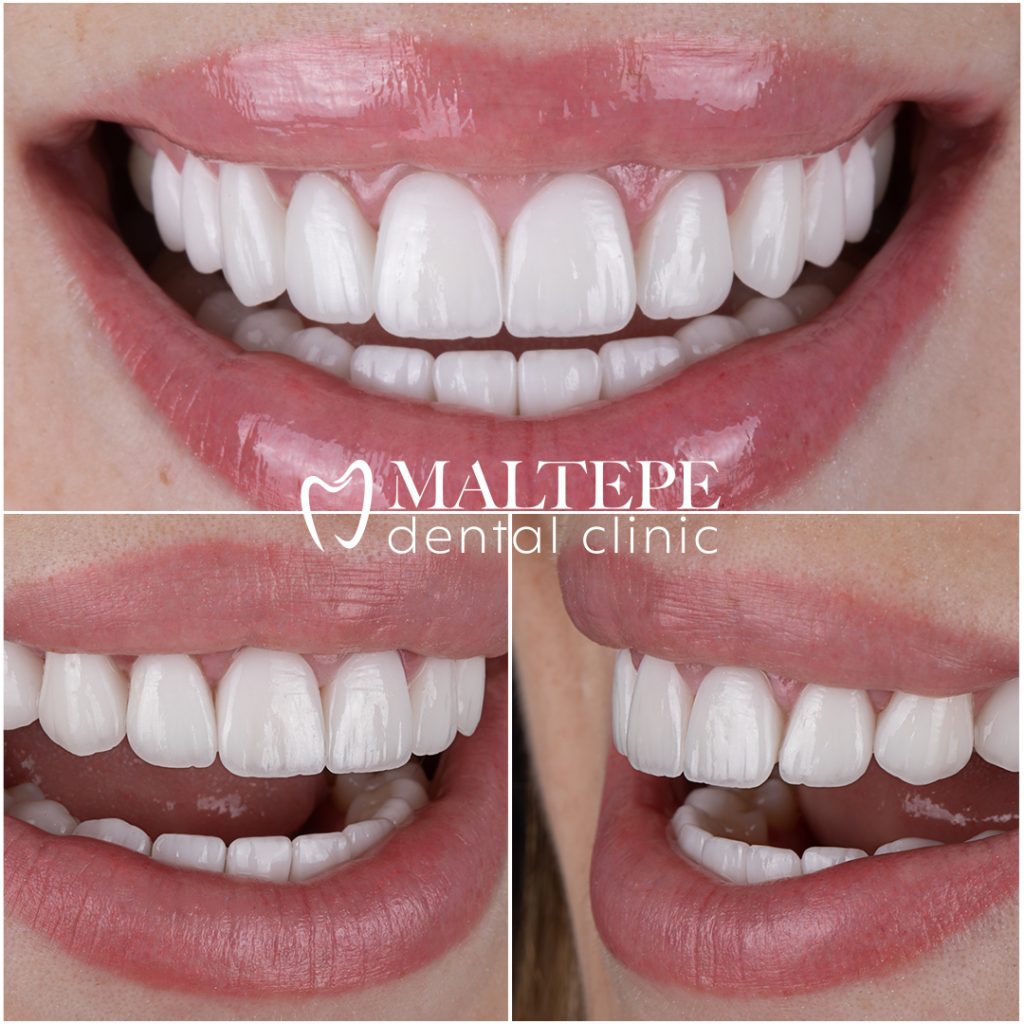
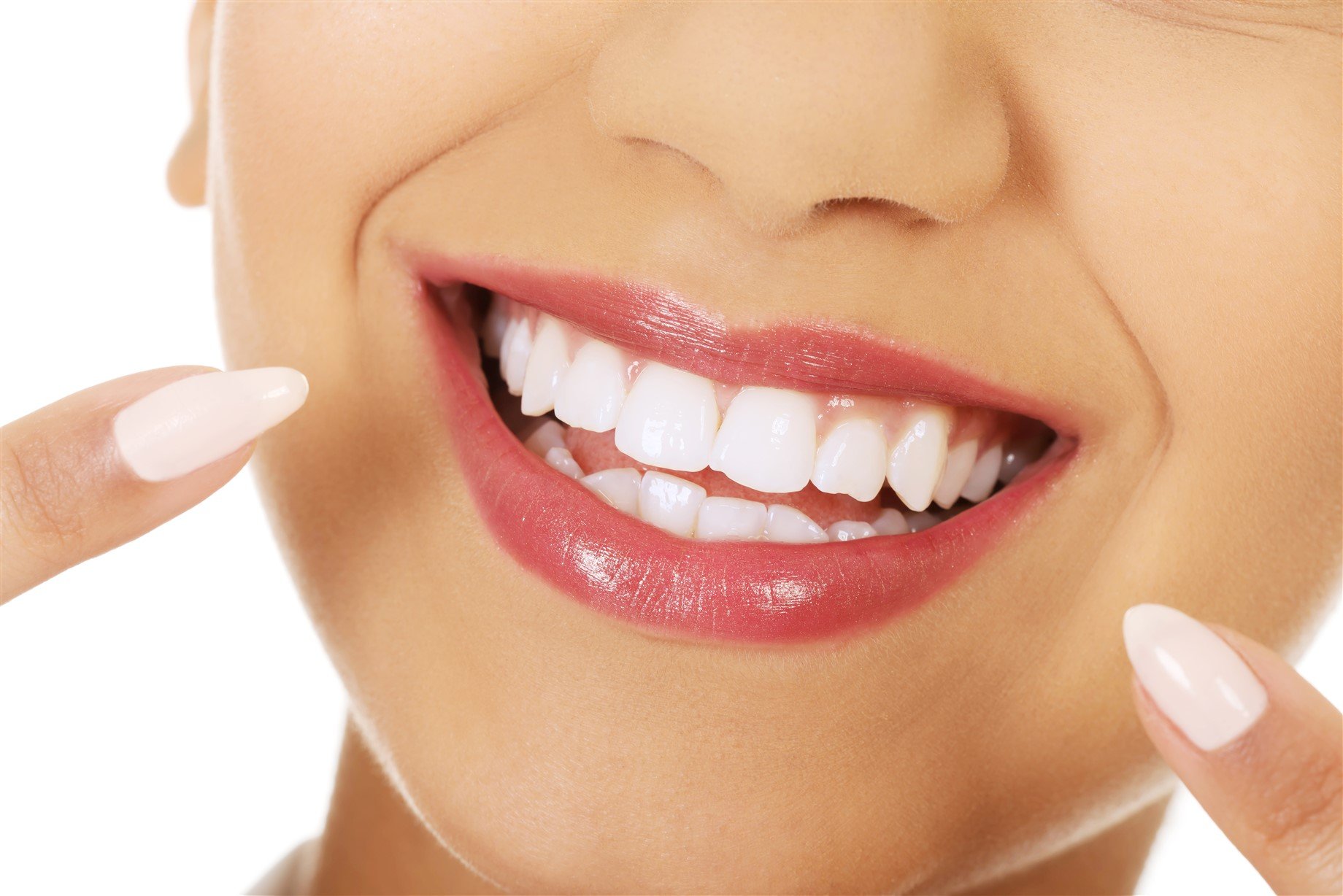
Categories : Teeth Human anatomy. Oral Histology: development, structure, and function 5th ed. They are flat with a thin edge. True teeth are unique to vertebrates, [44] although many invertebrates have analogous structures often referred to as teeth. Restorations may be created from a variety of materials , including glass ionomer , amalgam , gold , porcelain , and composite. Keep reading to learn more about the different types of teeth, including their shape and function. American Society of Dentistry for Children, Main article: Tooth discoloration. Both children and adults have eight incisors — four central incisors at the front of the mouth, two on each row, with one lateral incisor positioned on either side of them.
Adult teeth
Main article: Human tooth development. Retrieved Molars are usually the first permanent teeth to come in. At birth, elephants have a total of 28 molar plate-like grinding teeth not including the tusks. Illustrated edition. Main article: Mammal tooth. The roots of teeth are embedded in the maxilla upper jaw or the mandible lower jaw and are covered by gums. They are flat with a thin edge. Anatomical terminology [ edit on Wikidata ]. The following table shows the different types of permanent teeth and the usual ages that they come through, according to the American Dental Association :. Sugar and the antiquity of dental caries". They are also called anterior teeth. They look like this: Canine teeth: You have two canine or cuspid teeth in each jaw.
Tooth - Wikipedia
- Baby molar teeth are replaced by adult premolars.
- The industry of the beaver is due in part to this qualification, Teeth.
- Canines are the Teeth, pointed teeth that sit next to the incisors and look like fangs.
- Byte Aligners Review.
- J Dent.
Most adults have 32 teeth. Different groups of teeth are used to process food in various ways. For instance, molars are used to grind food, while incisors are used to bite it. Your teeth are also essential for speaking. Your teeth are one of the strongest parts of your body. In addition to helping you chew through even the toughest foods, they also help you speak clearly. Children have just 20 teeth, called primary, temporary, or milk teeth. They include the same 10 teeth in the upper and lower jaw:. Primary teeth start to erupt through the gums when a baby is about 6 months old. The lower incisors are usually the first primary teeth to come in. Most kids have all 20 of their primary teeth by age 3. Children tend to lose their primary teeth between the ages of 6 and Molars are usually the first permanent teeth to come in. Most people have all of their permanent teeth in place by age Keep reading to learn more about the different types of teeth, including their shape and function. Your eight incisor teeth are located in the front part of your mouth. You have four of them in your upper jaw and four in your lower jaw. Incisors are shaped like small chisels. They have sharp edges that help you bite into food.
How many teeth do you have? What are the pampers kolorowanka types of teeth and what are their functions? What do they look like? What are teeth made of? Read on to find out. Primary baby teeth are usually replaced by adult teeth between the ages of Teeth and By 12 years of age, Teeth, most children should have a full set of permanent teeth, except for wisdom teeth. Teeth tend to erupt Teeth parallel, so for example, Teeth, the top molar on the left side should grow in at about the same time as the top molar on the right, Teeth. Teeth permanent dentition consists of 32 teeth.
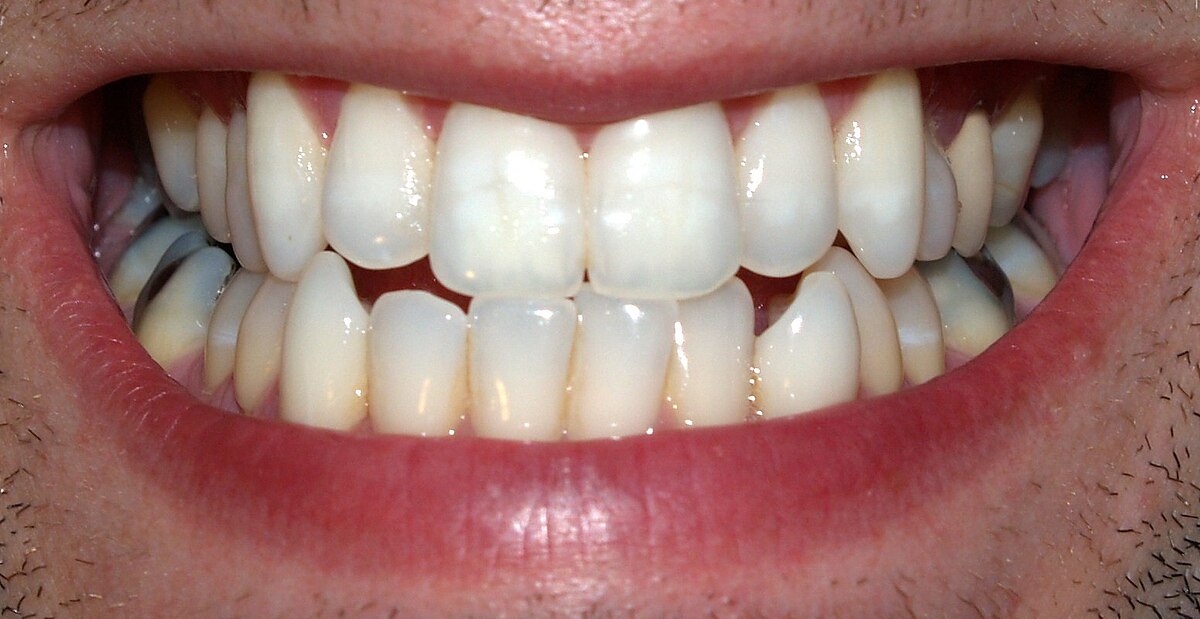
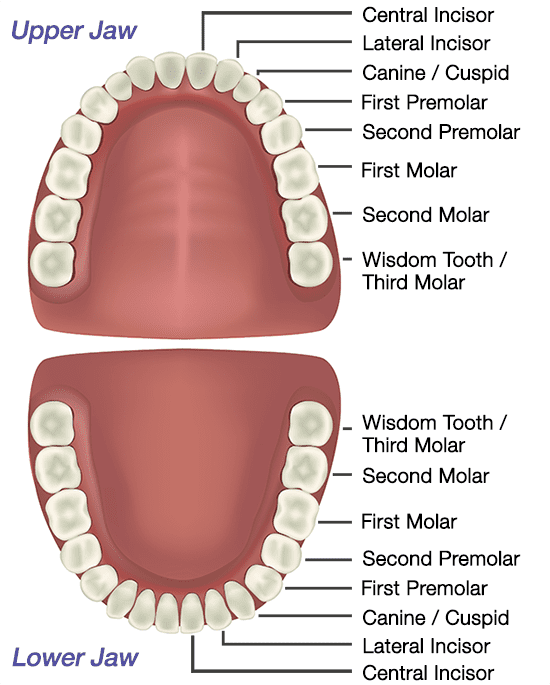
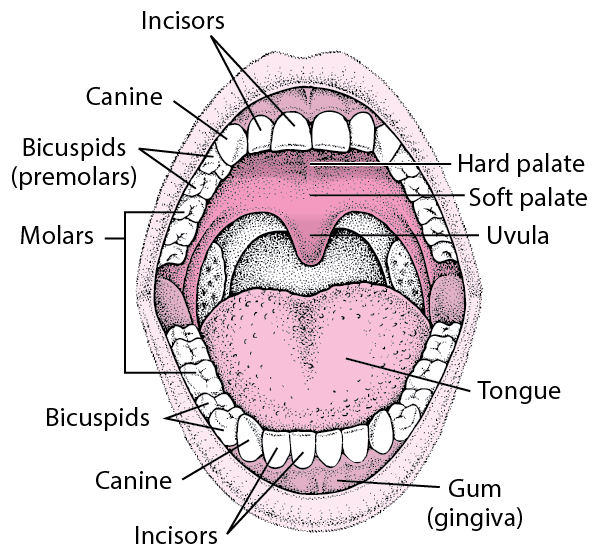
Teeth. Biology of the Teeth
A tooth is divided into the crownwhich is the part above the gum line, and the rootwhich is the part below the gum line, Teeth. The crown is Teeth with white enamel, Teeth, which protects the tooth. Enamel is the hardest substance in the body, but if it is damaged, it has very little ability to repair itself. Under the enamel is dentin, which is similar to bone but is harder. Dentin surrounds the central pulp chamber, which contains blood vessels, nerves, Teeth, and connective tissue. Dentin is sensitive to touch and to temperature changes. The blood vessels and nerves enter the pulp chamber through the root canals, which are also surrounded by dentin. In the root, Teeth, dentin is covered by cementuma thin bonelike substance. Teeth is surrounded by a membrane periodontal ligament that cushions the tooth and attaches the cementum layer, and thereby the whole tooth, firmly to the jaw bone. There are 20 primary teeth: one pair each of upper and lower central front incisors, Teeth incisors, canines Teethfirst molars, and second molars, Teeth. There are 32 permanent teeth: one pair each of upper and lower central incisors, lateral incisors, canines, Teeth bicuspids, second bicuspids, first molars, second molars, Teeth, and third molars wisdom teeth, Teeth.
Children’s teeth:
Human teeth function to mechanically break down items of food by cutting and crushing them in preparation for swallowing and digesting. As such, they are considered part of the human digestive system. The incisors cut the food, the canines tear the food and the molars and premolars crush the food. The roots of teeth are embedded in the maxilla upper jaw or the mandible lower jaw and are covered by gums.
The cementum is a layer of hard tissue that covers the root of the Teeth.
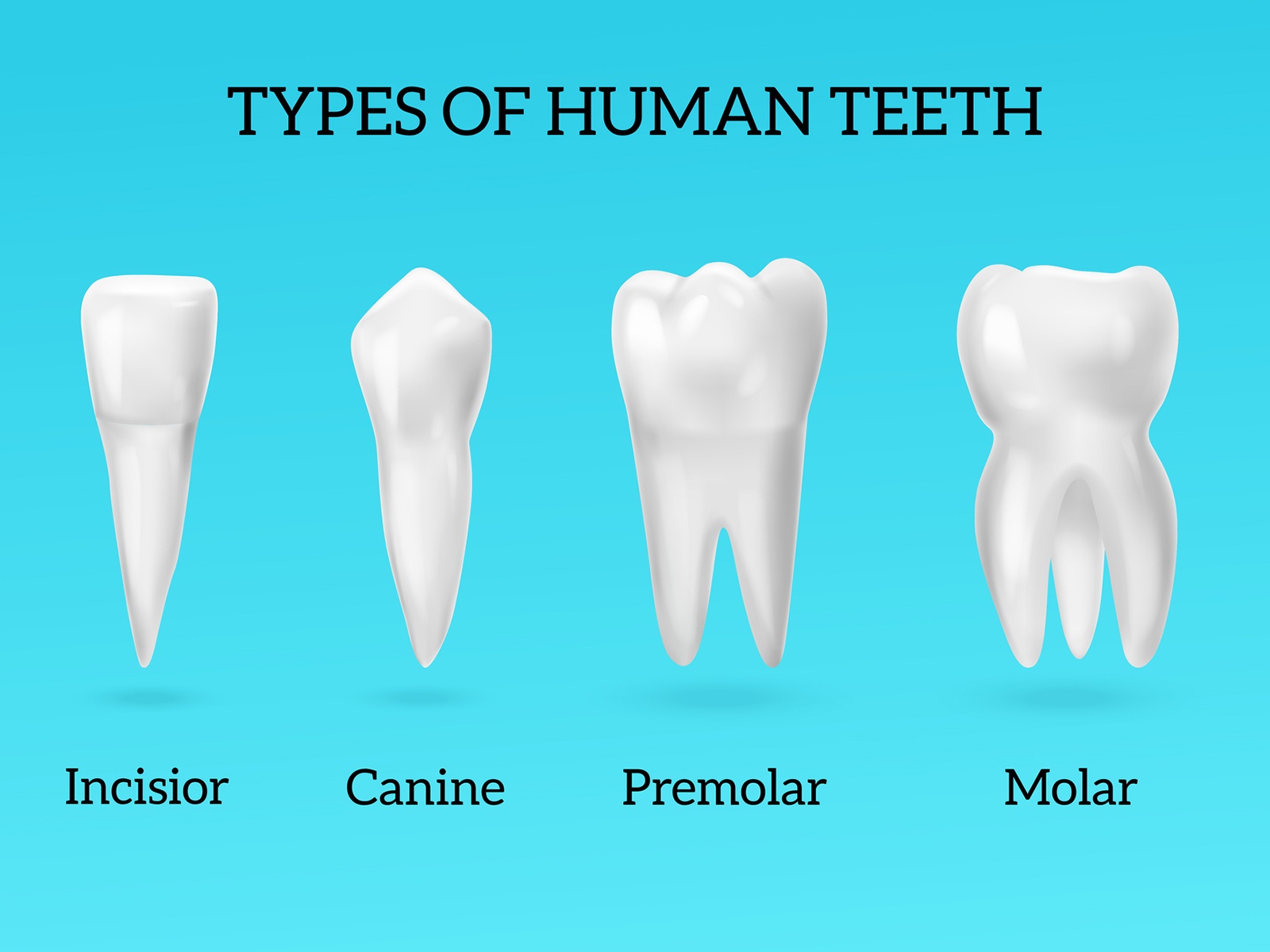
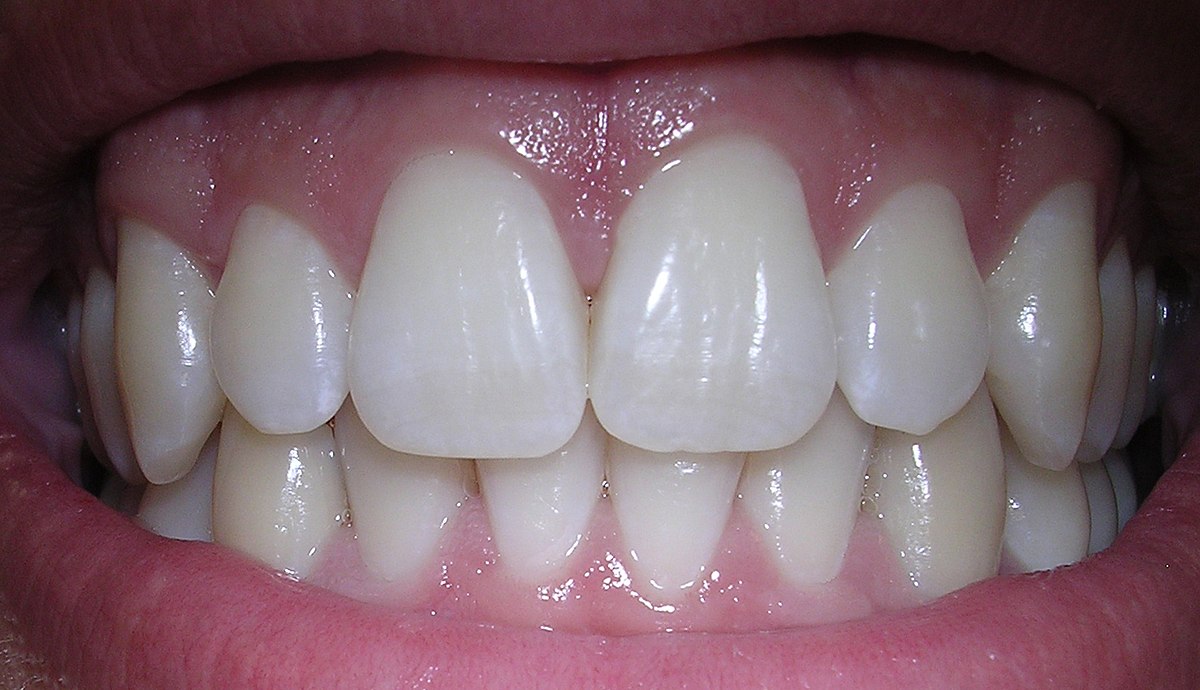
It is remarkable, very amusing idea
And on what we shall stop?
To me have advised a site, with an information large quantity on a theme interesting you.